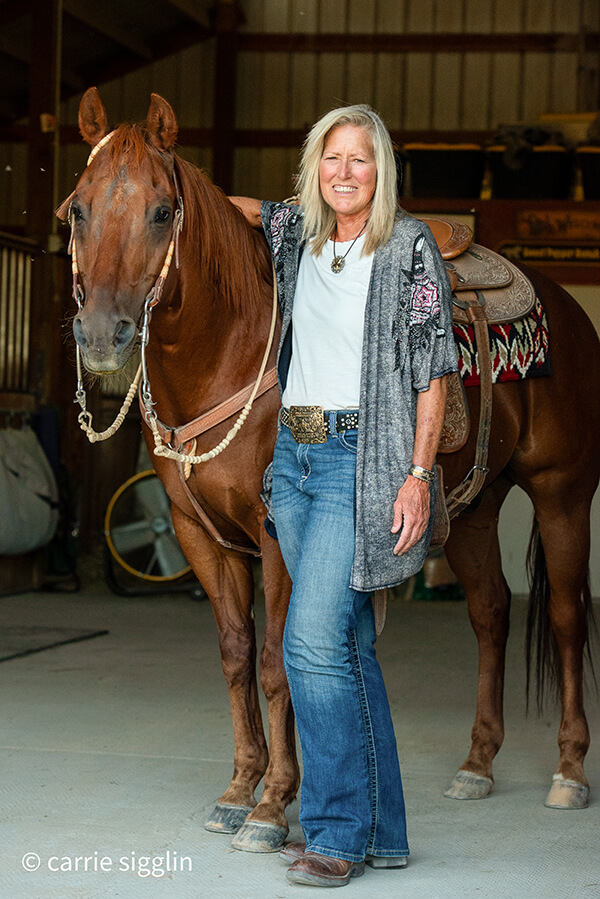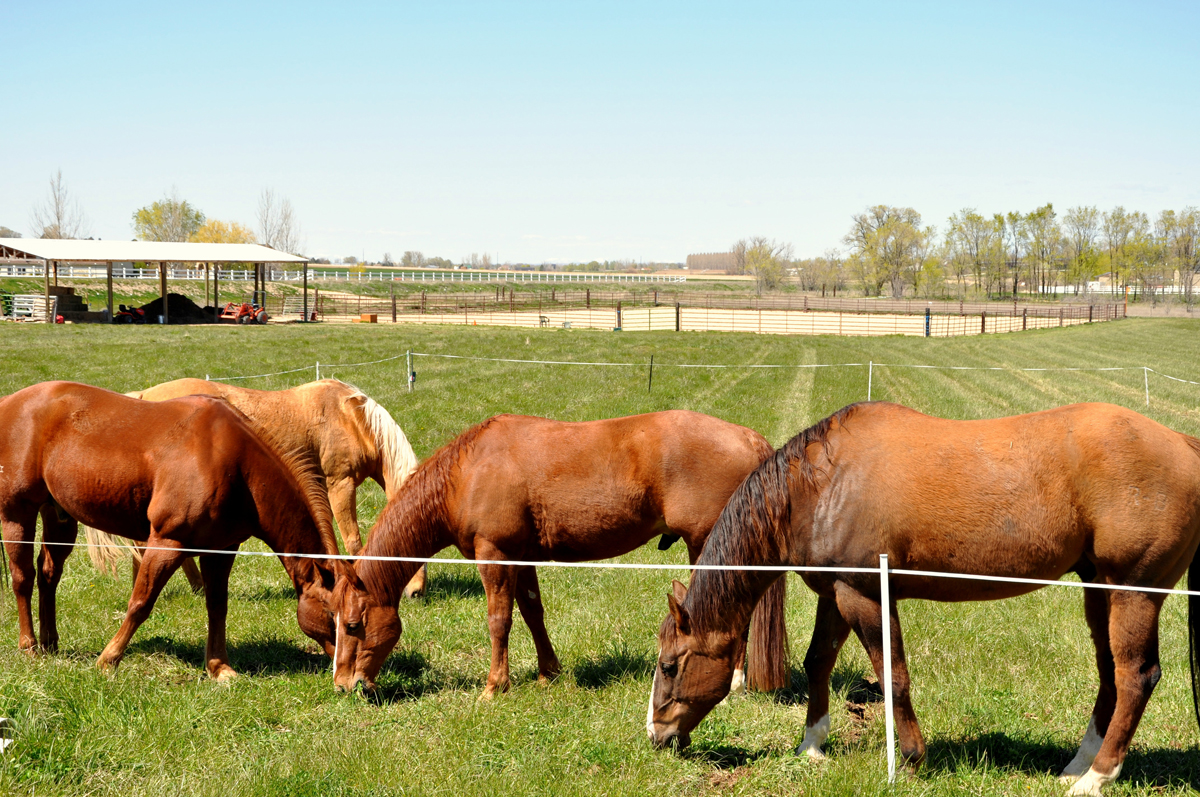7 Tips to Keep Grass Plants and Horses Healthy
by Alayne Blickle

It’s that time of year when the grass gets greener and grows fast, but is it time to let your horses begin grazing on what you protected all winter? Putting horses out too soon can reduce the productivity of your pastures during summer and letting your horses graze too much, too quickly can be dangerous to their health. Here are 7 things to keep in mind.
- Don’t let your horses have too much grass too quickly. Limit turnout time as too much grass can cause very serious digestive issues in the spring when a horse’s gut is not used to the diet change. Start with about an hour at a time, and work up to several hours over a period of several weeks. Consult your veterinarian for recommendations. For more information check out: http://www.thehorse.com/articles/35586/spring-grass-safety
- Keep horses off of pastures until soils are no longer soggy. One of the most important aspects of pasture management is the time you keep horses off the pasture. Saturated soils and dormant plants cannot survive continuous grazing and trampling. They are easily compacted, suffocating the roots of grass plants. A simple test is to walk out in your fields and see if you leave a footprint—if you do, it’s too wet.
- Manage specific sections of your pasture. Try fencing pastures according to how wet they are. In the spring let horses onto the higher, dry areas first and wait until summer for the wetter places.
- Apply a green “Band-Aid.” Another thing you can do to encourage a thick, healthy stand of grass is to spread grass seed in areas that are thin or have bare spots. Those spots provide a growing site for weeds in summer and can mean mud in the winter!
- Do a soil test. Fertilizer is almost always overused and may not be needed at all. If you apply fertilizer and your pasture grass doesn’t need it, you’ve just wasted your time and money plus the excess fertilizer will most likely be washed into nearby streams and lakes, damaging the environment. Do a soil test to determine any fertilization needs. This way you can choose the right mix of nitrogen, phosphorous and potassium. Soil testing is relatively inexpensive; get a list of labs from your local conservation district or extension office, as well as advice on the best way to take a soil sample.
- Spread compost. Once soils are no longer saturated, and while some spring rains are still ahead, spread compost. The nutrients, organic material, beneficial bacteria and fungi in the compost will help your grass plants become more productive. Spread a ¼ to ½ inch layer at a time and no more than about three to four inches in the same area per season. Compost can be spread by hand or with a manure spreader. Go back through with a harrow or garden rake to thin the compost after so plants aren’t smothered.
- Lastly, establish a sacrifice area. Improve the health and productivity of your pastures by creating and using a paddock or “sacrifice area” to confine your horses. It is called a sacrifice area because you are giving up the use of that land to benefit the rest of your pastures. Your horses should be confined to this area during the winter and early spring when grass plants are dormant and soils are wet. In the summer utilize the sacrifice area to keep pastures from becoming overgrazed (never below 3 or 4 inches).
For more green horse keeping tips check out these upcoming Horses for Clean Water events:
STANWOOD, WA
Thursday, June 2, 6:30 – 8:30 pm
HORSE FARM TOUR Details will follow on the Snohomish Conservation District website: www.snohomishcd.org.
KING COUNTY AREA
June 3 to 5 — three days!
Special events! – XERCES WORKSHOPS: Beneficial Insects and Native Pollinators
Register: kingcd.eventbrite.com, (425) 282-1949 or [email protected]
Beneficial Bugs on the Farm: Attracting Native Insects to Control Pests
Green River College, Enumclaw Campus
Friday, June 3rd, 9am – 4:30pm
Farming for Native Pollinators: Creating a Place for Native Bees and Bugs
21 Acres Farm, Woodinville
Saturday June 4th, 9:00am – 4:30pm
Native Pollinators in the city: Gardening for Seattle’s Bees and Bugs
UW Center for Urban Horticulture, Seattle
Sunday June 5th 9:00am – 12:30

Alayne Blickle began in the 1990’s as a pioneer in water conservation and natural resources conservation by creating the entrepreneurial consulting business, Horses for Clean Water, an award-winning internationally acclaimed education program that looks for horse-healthy, nature-based solutions to land management challenges. She continues this work today partnering with agencies, organizations, and horse owners throughout North America and worldwide. She is a regularly contributing writer and photojournalist to several equine publications.
Alayne lives with her horse trainer husband, Matt Livengood, in southwestern Idaho where they raise and train AQHA horses and mustangs on their eco-friendly horse ranch. Contact her through the Horses for Clean Water website or through their ranch website Sweet Pepper Ranch.
For more information contact Alayne at [email protected] or 206-909-0225.






